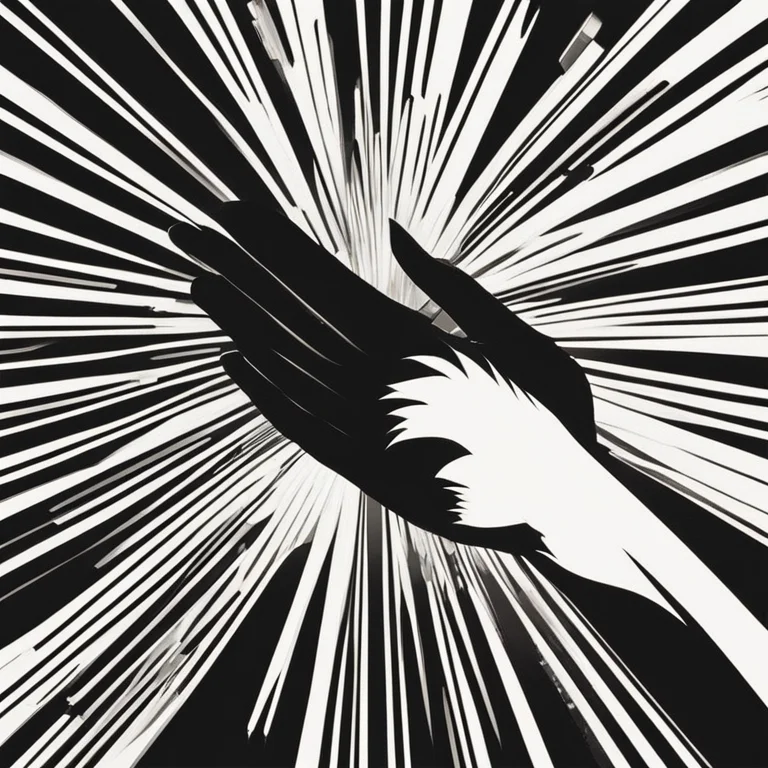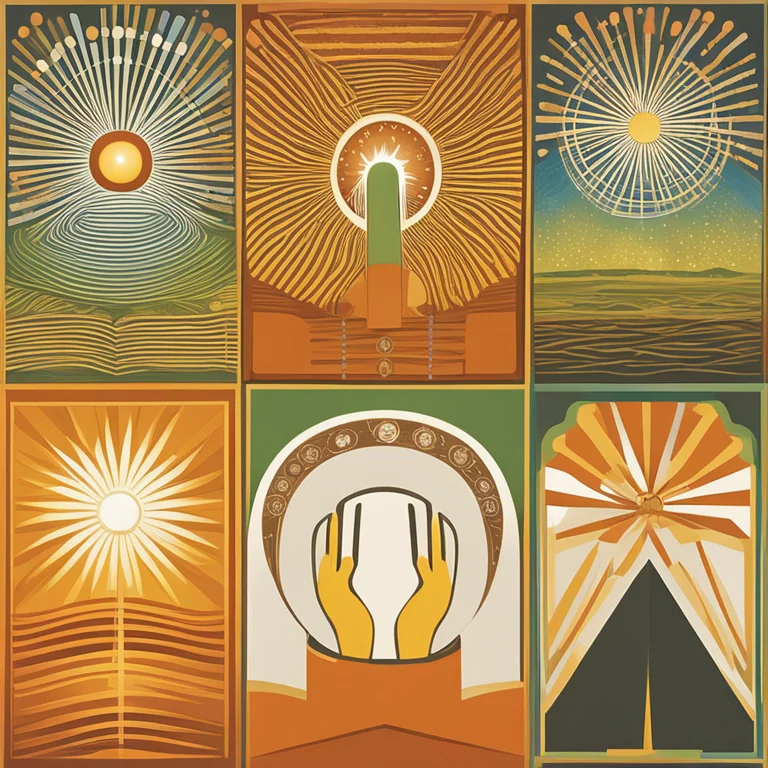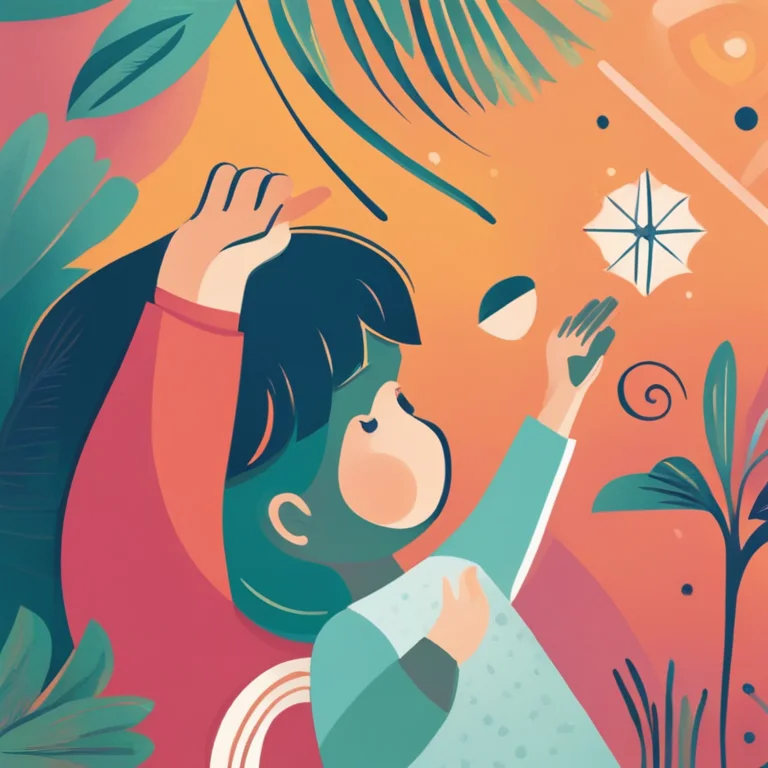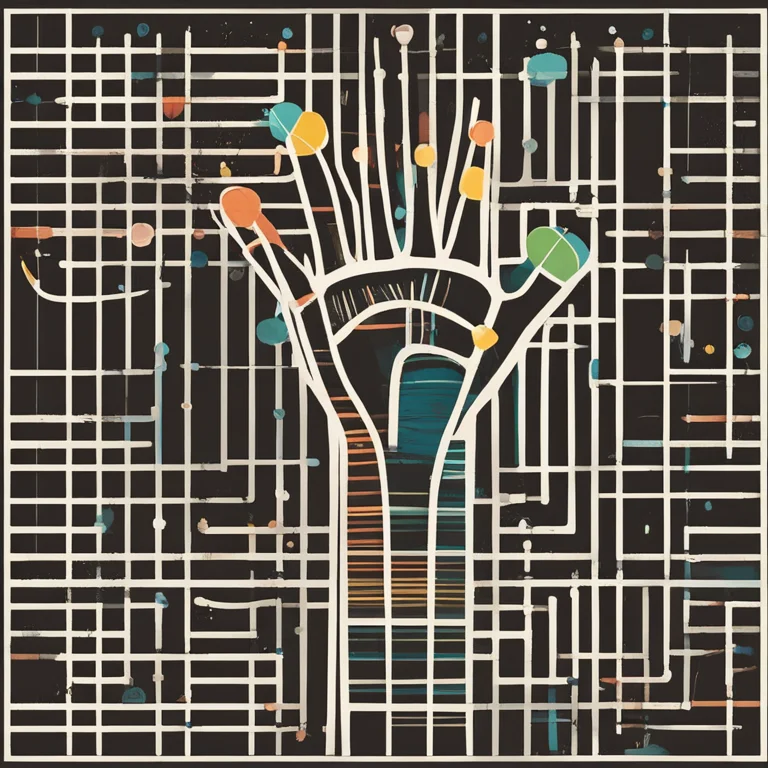
Palmistry Insights: Reading Your Child's Future
Discover the art of palm reading to interpret palm lines related to your child's potential and character in palmistry.
article by Nora Pennington
Introduction to Palmistry
Palmistry, or chiromancy, has been a source of fascination for centuries, providing insights into personality and potential futures. While the practice dates back to ancient civilizations, modern palmistry incorporates a mix of tradition and contemporary psychology. When reading a child's palm, the focus is on potential talents, strengths, and areas of enrichment. A child's hand is a canvas, displaying lines that palmists believe can offer clues to their unfolding journey.

Understanding the Major Lines
Several key lines on the palm are of critical importance in palmistry: the heart line, head line, and life line. The heart line reflects emotions and relationships, while the head line represents communication styles and intellectual pursuits. The life line, often misunderstood, doesn't predict longevity but rather life vitality and major life changes. In children, these lines are still forming, suggesting their experiences will shape their meaning over time. A skilled palmist can interpret the nuances of these lines to provide insights for a child's development.

Minor Lines and Child Potential
Beyond the major lines, minor lines can also offer insights. The fate line, for instance, may indicate future career paths or life directions. The sun line, often associated with fame and success, may not be present in all palms; its presence in a child’s palm can hint at a propensity for public recognition or creative talent. It's important to note that minor lines can develop and change as the child grows and engages with the world around them.

The Significance of Hand Shape and Fingers
The shape of the hand and the fingers themselves provide additional contexts in palmistry. For example, a square palm with short fingers might indicate a practical and methodical nature, while long fingers on a pointed palm might suggest creativity and sensitivity. These characteristics are essential when considering a child's inherent traits and how they might navigate their environment as they grow.

Reading the Mounts
The mounts of the palm, named after celestial bodies like Venus, Mars, and Mercury, further refine a reading. Each mount relates to different aspects of personality, such as assertiveness, passion, and communication. In children, the development of these mounts can shift over time, reflecting their evolving preferences and traits. A pronounced Mount of Venus, for example, might indicate a loving and compassionate nature.
Modern Palmistry Considerations
It's pertinent to note that modern palmistry is less about rigid predictions and more about understanding potentials and tendencies. Parents seeking to read their child’s palm lines might do so with the aim to better support and guide them, rather than forecast a pre-determined fate. In today's world, palmists often work alongside developmental experts to use these ancient insights in tandem with psychological understanding.
Conclusion
Palm reading for a child should be approached with care and a sense of open possibility. The lines on a child’s palm can give glimpses into their budding personality and potential, but they are just one part of the complex puzzle that constitutes human life. As they navigate through ever-changing experiences, the lines on their palms will evolve, reflecting their unique journey of growth.
Published: 1/10/2024
Modified: 1/10/2024
More predictions
Come back here soon to learn more about yourself and your future


The Essence of Palmistry: Insights into Your Palm
Delve into the fascinating world of palmistry and discover what the lines on your palm reveal about your life path and personality, with contemporary relevance for the modern seekers.


The Intricacies of Palm Reading: A Guide to Palmistry
Delve into the ancient art of palm reading with our comprehensive guide that reveals the secrets hidden in the lines of your hands.


The Secrets of Hand Analysis
Delve into the intriguing world of palm reading and discover the hidden aspects of your personality through the lines and shapes in the palms of your hands.